Top Takeaways and Key Concepts
- Inspect and reinforce your home by checking roofs, windows, and doors to prevent storm damage.
- Stock essential emergency supplies like water, nonperishable food, flashlights, batteries, and first aid kits.
- Secure outdoor items to stop furniture or tools from becoming dangerous flying debris.
- Create and practice a family emergency plan so everyone knows what to do during a disaster.
- Stay informed with trusted weather alerts to prepare early and avoid surprise storms.
Summary of This Article
Please Note: This post may contain affiliate links. If you click one of them, we may receive a commission at no extra cost to you. As an Amazon Associate, I earn from qualifying purchases.
This article explains how to prepare your home and family for extreme weather like hurricanes, tornadoes, and winter storms. It emphasizes inspecting and strengthening your house, especially roofs, windows, and doors, to prevent damage. It encourages gathering emergency supplies such as food, water, flashlights, and first aid kits in case you’re stuck indoors. The article also highlights securing outdoor items to avoid dangerous debris and developing a family emergency plan with safe meeting spots. Staying informed through weather radios or alert apps is essential for safety. With preparation, you can face storm season with confidence instead of chaos.
Short Video Version of this Article
Extreme weather is like that uninvited guest who arrives up with a lot of troubles. You know, the one that doesn’t even bring food? Hurricanes, blizzards, and those crazy tornadoes can happen at any time. They don’t care if you’re ready or not.
It’s really vital to get your house ready for unexpected weather surprises. Think of it like building your stronghold strong against the weather’s changes.
First, look at your doors and windows. Check that they close all the way. Now is the time to put up your storm shutters if you have them. It feels like putting a warm blanket on your house while it’s freezing outside.

Also, get some supplies. You need flashlights, batteries, water, and food that won’t go bad. Just think about being stranded indoors during a storm with no food! Oh no!
Remember to take care of your yard. Bring in everything that could get blown away, such chairs or toys. You don’t want them to act like they’re on a roller coaster!
It’s also a good idea to make plans with your family or friends. Talk about where to go if things go very terrible. Everyone feels safer when they have a buddy system.
This may seem like a lot, but being ready can make a big difference when bad weather arrives. We can deal with anything that comes our way as a team!
Knowing What Your Weather Risks Are
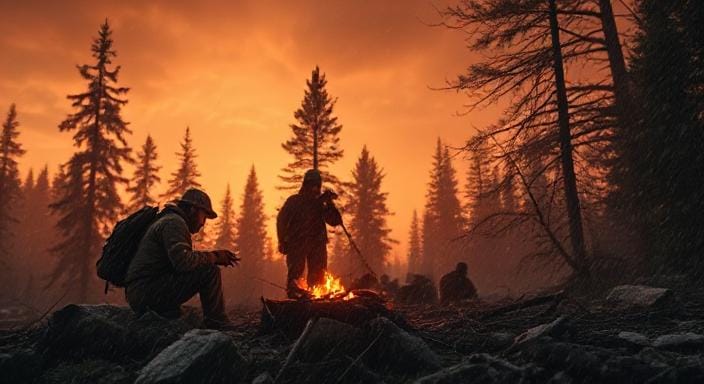
Let’s chat about the kinds of bad weather you might need to worry about. This isn’t just checking your phone while sipping coffee. It’s more like chatting with your neighbor who claims they can sense rain by how their knee feels. You know, the classic “I can feel it in my bones” kind of thing.
Some places have their own special weather worries. If you live near the coast, storms might be a big deal for you. Those strong winds and heavy rains can sneak up fast! Folks in the Midwest? They’ve got to watch out for tornadoes zooming around like they’re on a race track. Honestly, sometimes I can’t even find my shoes that quickly!
Take a good look at your neighborhood too. Have there been floods before? Is snow piling up like it wants to star in its own winter movie? Knowing what happens around you helps a lot.
If earthquakes are common where you live and nobody ever mentioned them, well, here’s a little heads-up! Better to know than be caught off guard.
Understanding these weather threats makes planning easier. You’ll feel more ready if something pops up unexpectedly. Let’s keep an eye on things together!
Making Your Home Stronger
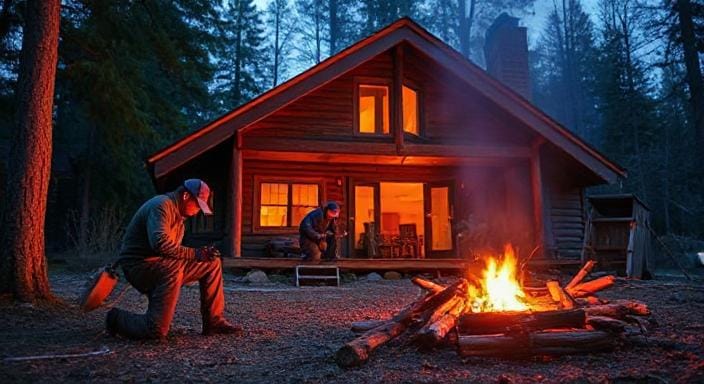
Now that you know what you’re up against, it’s time to make your home stronger. Imagine turning your house into Arnold Schwarzenegger instead of a couch potato. Seriously, let’s make this place stronger.
Begin with the roof. Check to see if the shingles are still there. You don’t want any leaks to get in during a storm. Unless you truly like having swimming pools in your living room—yikes!
Next, look at the windows and doors. Are they tight enough to keep out wind and water? If not, get some caulk (not the sort that animals like to play with) and start filling in those gaps! It will assist keep your warm place safe and dry.
Don’t forget about the doors to the garage. They need some love too! A robust garage door is like having a superhero watch over your things.
A sturdy stronghold that can endure anything Mother Nature throws at it is the best way to declare “I’m ready.” Let’s make sure our houses can handle anything!
Getting Ready with Supplies
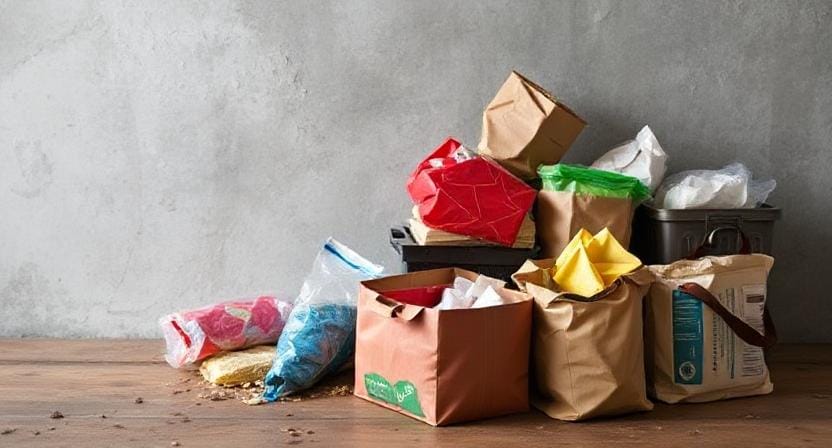
Let’s talk about supplies now that our house looks tough enough to be in an action movie. You know how you pack everything but the kitchen sink when you go camping? This is kinda like that, just with fewer s’mores and more serious stuff. It’s super helpful to have emergency supplies ready.
Start with food that won’t go bad. Canned beans are okay, but eating them every day after a storm? No thanks! Think about snacks everyone likes—peanut butter, granola bars, maybe some dried fruit. Something tasty goes a long way in keeping spirits up.
Next, grab extra bottled water for everyone in your family and any surprise guests (like Aunt Edna who always shows up). You can never have too much water!
Don’t forget important things like flashlights. Candles might seem nice until they turn into fireball accidents—yikes! Batteries are a must too.
A first aid kit is super handy in case someone gets a boo-boo while being adventurous at home. Think of anything else you might need if you’re living off the grid for a bit. Extra blankets? Check! A good book? Why not! Let’s make sure we’re ready for whatever comes our way!
Making an Emergency Plan
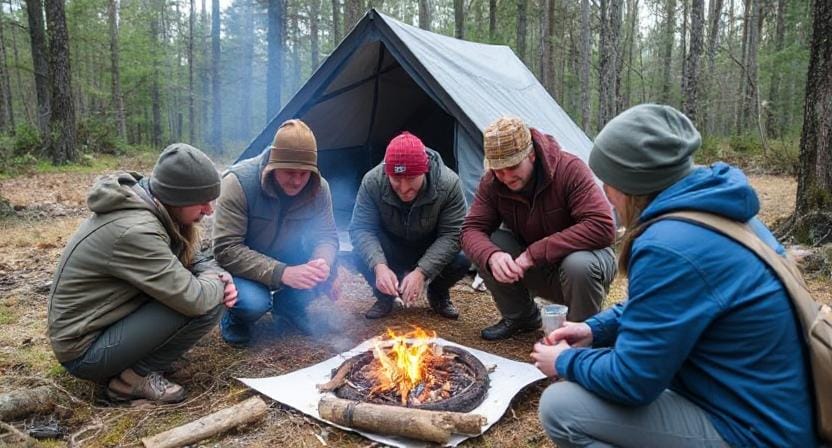
What will you do if something horrible happens while you’re away? That’s when an emergency plan comes in like a superhero. It really can save the day. Get everyone together to talk, even if you have to pay them with pizza. Who wouldn’t want pizza?
Talk about what everyone should do in different kinds of emergencies. There can be a storm or a fire. Everyone should know what to do. It makes things less scary.
Choose venues to meet outside of the house in case you need to depart fast. Think of a place that is safe and easy to recall, like the large tree in the park or the yard of the nice neighbor with the lovely puppy. Make sure everyone knows how to get there without using Google Maps!
Believe me on this. I once got lost trying to find my own backyard because I was too busy staring at butterflies. Knowing where to go is really beneficial, yes!
Put whatever you write down in a place where everyone can see it, like on the fridge or in a family journal. It will help everyone remember what to do when things get hard. A little bit of forethought may make a big difference!
Keeping Up to Date
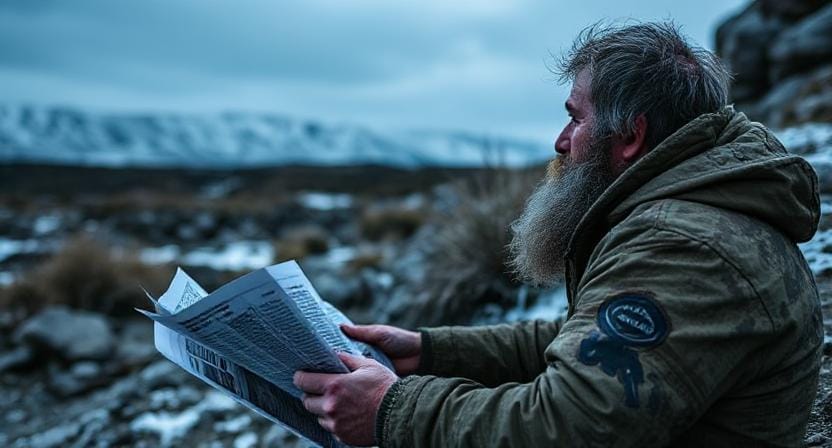
Let’s be honest: it’s quite crucial to stay up to date when the weather is awful. Do you remember when you thought you could skip the news? Then, bam! You were stuck in traffic when there was a storm. Not at all fun!
We don’t want to do that again, do we? A NOAA weather radio is a terrific thing to have. It will let you know what’s going on outdoors. Or get these apps that provide warnings right to your phone. That way, you may relax on the couch and know if a storm is coming.
Social media can assist, but wow! Do we really want Uncle Bob’s crazy conspiracy theories mixed in with serious warnings? Oh no! For your updates, only use sources you can trust. This way, you’ll always know what’s coming before it knocks on your door and asks for cookies!
Being ready involves keeping an eye on the weather. It helps you plan better and be safe if you have the appropriate information. And who wants to cope with surprises when Mother Nature is in a bad mood? Let’s simply drink our coffee and enjoy the peace before the storms come!
Doing Drills to Get Ready
We need to talk about something very important: practice makes perfect! Kids practice their lines for school plays over and over until they can say them in their sleep. I swear I’ve seen it! When the wind starts howling outside, for example, doing emergency exercises helps everyone know what to do.
Get your family together often and play out different scenarios. Think about what kinds of disasters might happen where you live. At first, it could seem a little foolish. Like, “Why am I crawling under tables?” But being silly now could mean safety later!
Have fun! Act like you’re superheroes who are about to save the day. While you practice, you can even give each other hilarious names. It will help everyone remember what to do without becoming terrified.
It’s far better to get ready ahead of time than to wait for something unpleasant to happen, like when I’m really hungry and don’t know what to eat. That never ends nicely! You will feel safer and more at ease no matter what Mother Nature throws your way next if you practice.
So let’s do those drills every week. Who knows? You might even be able to laugh and be safe at the same time!
Frequently Asked Questions
What should I do first to prepare my home for extreme weather?
Start by inspecting your home for weaknesses. Check your roof, windows, and doors for leaks or loose parts, and repair them to prevent wind and water damage during a storm.
What emergency supplies should my family have on hand?
Your emergency kit should include bottled water, nonperishable food, flashlights, extra batteries, a first aid kit, medications, blankets, and a portable phone charger.
How can I protect outdoor items during strong winds or storms?
Bring outdoor furniture, toys, tools, and decorations inside so they don’t become dangerous flying debris. Anything that isn’t secured can be tossed around by high winds.
Why do I need a family emergency plan?
An emergency plan ensures everyone in your household knows what to do, where to go, and how to communicate during a disaster. It prevents confusion and helps keep everyone safe.
How can I stay informed about dangerous weather?
Use trusted sources like NOAA weather radios, emergency alert apps, or local news channels. These provide real-time warnings so you can act quickly and safely.
What should I do if I live in an area prone to floods or hurricanes?
Take extra precautions like elevating electrical systems, installing storm shutters, and learning where local evacuation routes are located. Prepare early—waiting can be risky.
How often should we practice our emergency plan?
Practice your plan at least twice a year. Regular drills help your family remember what to do during stressful situations so they can act quickly and confidently.
Suggested External Resources:
Emergency Preparedness Guide
https://www.ready.gov/prepare
National Weather Service
https://www.weather.gov/owlie/
FEMA Disaster Preparedness
https://www.fema.gov/emergency-preparedness

Kevin Collier is a seasoned outdoor enthusiast and writer for Trekbug.com, specializing in outdoor adventures, survival strategies, and prepping insights. With a deep love for nature and a commitment to self-sufficiency, Kevin empowers readers to embrace the wilderness confidently. He shares valuable tips, practical techniques, and inspiring stories, helping both novice and experienced adventurers develop essential skills for surviving and thriving in the great outdoors.





